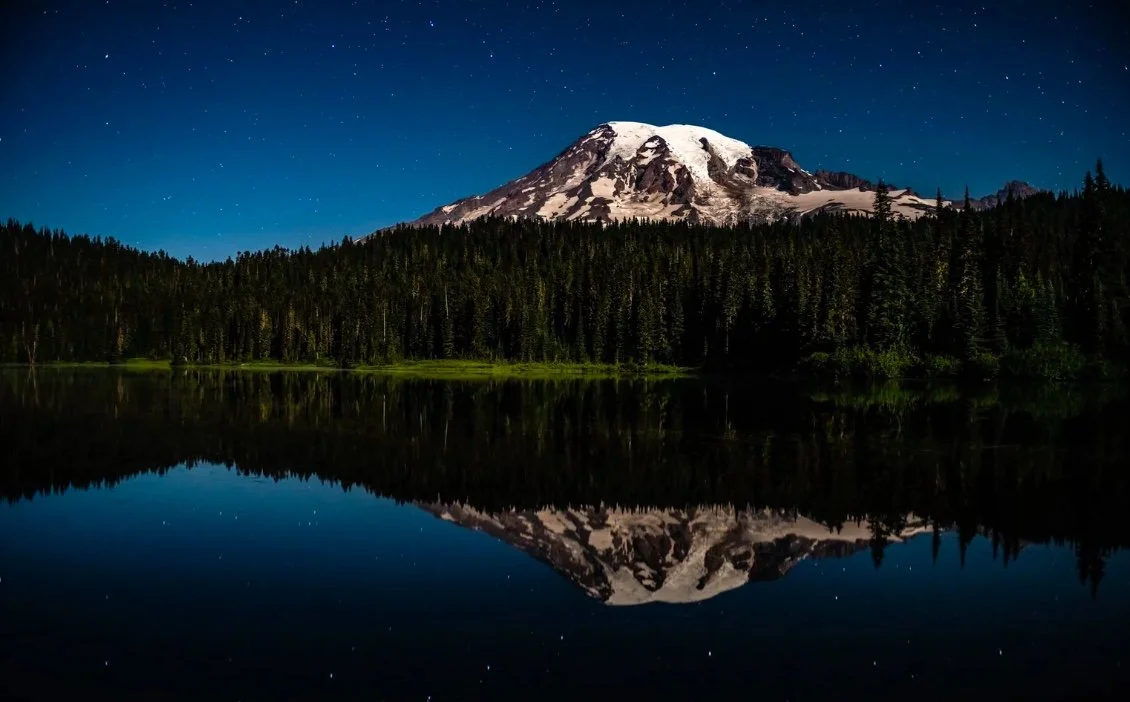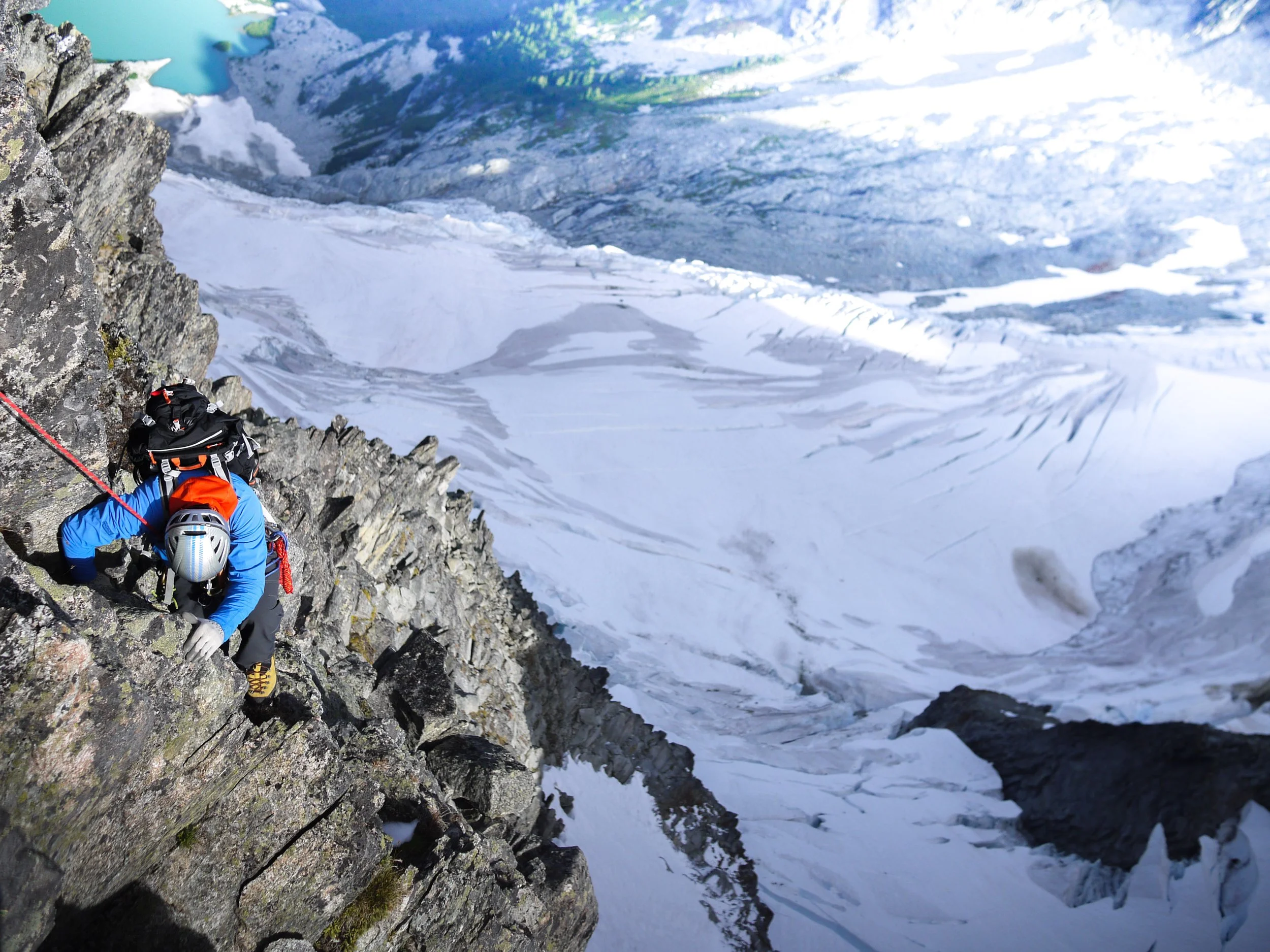Who we are
Our membership is composed of mountain guides, course leaders, instructors, guide service owners and staff who are employed or operate in the state of Washington.
Eligibility to run for an elected seat on the Board of Directors will be outlined in the Association’s Bylaws
We’d like to recognize our community members who have thus far served on the Formation Task Force Committee:
Mark Allen
Lani Chapko
Kurt Hicks
Jason Martin
Aaron Richards
Shane Robinson
Eddie Schoen
Char Tomlinson
Martin Volken

OUR STORY
The idea to form a regional mountain guides and instructors trade association arose from the realization that Washington guides and outfitters lack a unified voice and support for individual guides. There have been countless moments in history where guides needed representation, did not have a place at the table, or the power to make collective or individual improvements.
The 2021 pandemic guidelines, as well as DNR, NPS, and Forest Service stakeholder meetings made it clear that our industry is underrepresented or not recognized. The biggest issues in our community have not been taken on by a collective, but instead by stand-alone guide services that solely represent themselves. Organizing as a collective regional stakeholder for both state and federal regulation provides the influence needed to direct policies that impact us all equally. Further, organizing collectively allows us the ability to create resources and support for our individual members.
Guides and instructors operate and educate on both state and federal land throughout Washington state and they are exceptional crags, mountains and slopes that we all teach and guide on. We have already developed a legacy together. It is now time to unify around that legacy and support one another in our common goals.
Our community formed a task force of 9 volunteers members from the Washington State guiding industry. The mandate of the Task Force was to explore the necessity and viability of such a regional association. It became quite clear that the formation of such an organization would benefit our profession and give us a seat at the table in shaping the future of Washington’s Outdoor Industry. The Task Force then drafted the mission and the vision.
Where Are We Going ?
The initial work of the Task Force is concluded. The following steps are currently taking place:
Registration of the WMGA legal entity and tax structure.
Form a Transitional Board of Directors. (Anyone interested in volunteering their time and energy to this transitional board is welcome to apply. Use the Contact form on this site to express interest or nominate a colleague)
The Task Force committee members will facilitate appointment of this transitional board.
The Transitional Board priorities will be:
facilitate the first board election
host member events
create preliminary bylaws
develop a means to motivate, communicate with, and survey the membership
OUR SHARED HISTORY
For more than a century, mountain guides and outdoor educators have shaped the legacy of the Pacific Northwest’s iconic peaks and wild places. 1868 Native Americans guides Talum and Skuak of the Lummi and Nooksack Salish tribes supported Edmond Coleman’s ascent of the Komo Kulshan, previously toponymically renamed to Mount Baker by captain Vancouver in 1792. Not long after this pivotal moment in mid-1800s, guides led early adventurers across the Mt. Rainier’s Paradise Glacier and into Rainier’s legendary ice caves, forging pathways that inspired the birth of American mountaineering in the late 1800s.
By the early 20th century, Mount Rainier had become a pillar of North American alpinism. The founding of the National Park Service in 1916 brought the first formal oversight and partnership between guides like Alma Wagner, the first female guide in the region, and land managers ensuring that guiding would continue to connect people safely and responsibly to our rugged public open spaces.
Over the decades, guiding in Washington has evolved from pioneering family outfits to a robust, professional model that set the standard for global large-scale guide operations in the United States. Generations of guides from the Pacific Northwest went on to shape the broader disciplines of alpinism, high-altitude mountaineering, alpine rock climbing, avalanche education, and ski mountaineering around the globe.
When North Cascades National Park was established in 1968, its rugged summits like Forbidden Peak, Eldorado, and the Pickets drew climbers eager to test themselves in some of the most challenging alpine terrain in the Lower 48. Guiding here remained specialized and small-scale, focused on technical climbs and a deep respect for the wild and technical character of the range. The Pacific Northwest became fertile ground for outdoor education schools that brought thousands of participants into the mountains to learn leadership, teamwork, and self-reliance. These schools advanced the practice of experiential education and wilderness ethics, directly influencing how many guide services approached instruction, risk management, while influencing U.S. land managers about conservation requirements for all visitors.
By the 1990s, Washington had become a national hub of alpine and glacial skills instruction, backcountry skiing, splitboarding, and avalanche education. Over the years, guides further honed our craft and expertise on the slopes of Komo Kulshan (Mount Baker), Snoqualmie Pass, Stevens Pass, Washington Pass, the North Cascades, and the Olympic Mountains building a culture of public mentorship that endures today. Our regional professionals helped shape the American Mountain Guides Association, a training and certifying 501c3 for the American Mountain Guide, an association endorsed member of the International Mountain Guides Association (IFMGA). The IFMGA influence increased the depth of guiding methods at every level in the US, furthering the capabilities of our community in Washington’s unique terrain.
Today, guides and instructors in Washington stand as valuable partners to federal agencies and land managers. They help ensure that recreation on public lands is safe, sustainable, and accessible. Guides are often the eyes and ears on the ground educating visitors, modeling responsible travel, supporting search and rescue operations, managing risk, and working side by side with the National Park Service, the U.S. Forest Service, and other agencies to protect fragile environments.
From Rainier’s glaciers, to the granite walls of Index, from Washington Pass, to the alpine glaciers deep in the Cascades, guides carry forward a legacy of technical mastery, environmental stewardship, and public service. Many guides hold international and single discipline certifications, while countless others contribute vital local and institutional knowledge through years of leadership, instruction, avalanche education, and rescue training.
Each new generation of mountain guides and instructors exponentially builds on our legacy bringing their skills, leadership, and dedication to the shared mission of keeping the mountains wild, the public safe, and mountain tradition alive for generations to come. Our common vision is to celebrate this legacy enshrining the culture and making it common knowledge to land Managers, the public, and all future guides.


